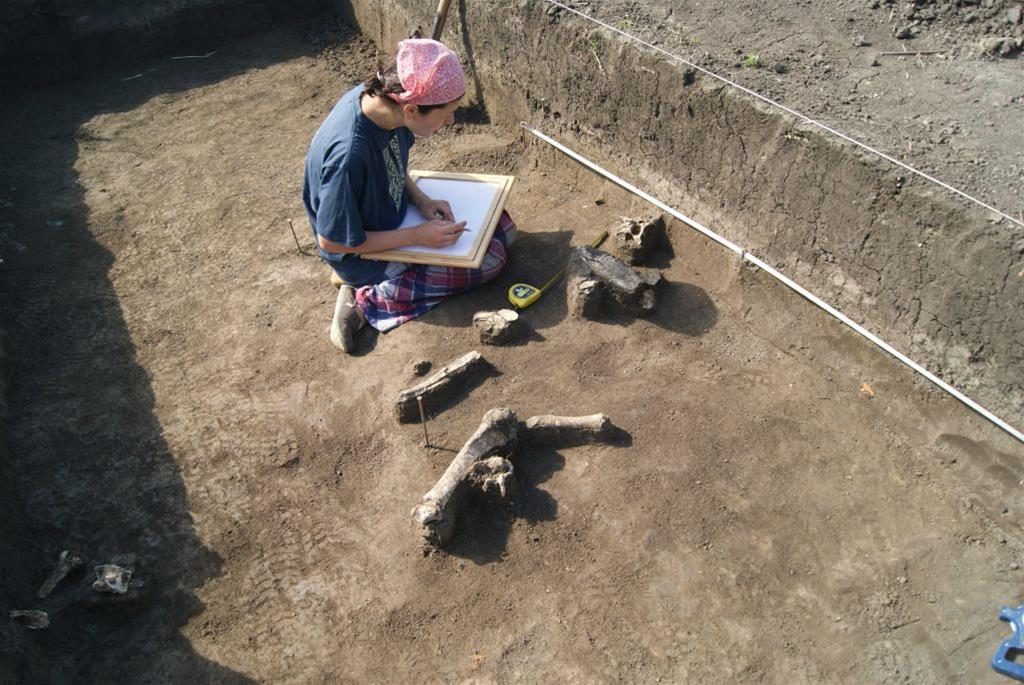“This is an important discovery, because we finally have proof that representatives of the Linear Pottery culture, who inhabited huge areas in Europe – from Paris Basin in the west to Kiev in the east, built houses typical for this culture on the south-eastern frontiers.” – Dr. Maciej Dębiec, archaeologist with the Institute of Archaeology, University of Rzeszów and the University of Regensburg.

PHOTO: archaeofeed.com
This week, archaeologists working at an excavation site near the town of Nicolaevca, Moldova made a rare discovery: the remains of a longhouse that’s over seven thousand years old. Only a few similar pieces have been discovered in surrounding areas, like Ukraine, and none have ever been found in Romania. It’s an immense discovery for the archaeological community. Finds like this document our transition from existing as a hunter-gatherer society to existing as an agricultural society.
As humans made the transition from constantly moving from one place to another, they needed a stable, safe place to live. So, they began to construct solid homes. According to Dr. Dębiec, longhouses like the one found in Moldova were made by driving wooden logs into the ground. Then, they’d weave in other branches and cover the whole construction in clay. The houses were covered in with gabled roofs, with a space specifically set aside for the family’s livestock.
The longhouse found in Moldova measures more than sixty-five feet long and twenty feet across.
![A reconstruction of a North-American Iroquois longhouse, which was built using similar principles as the longhouse found in Moldova. [PHOTO: photobucket]](https://historythings.com/wp-content/uploads/2017/01/800px-Ganondagan-house.jpg)
A reconstruction of a North-American Iroquois longhouse, which was built using similar principles as the longhouse found in Moldova. [PHOTO: photobucket]
“Commonly,” Dr. Dębiec explained, “on both sides of the houses we discover cavities from which clay was taken to cover the walls. Then the pits were used for various purposes – as garbage, furnaces or cavities in which the dead were buried.”
Remains of ancient houses give us vital clues as to how our ancient ancestors went about their daily lives. Not much is known about the prehistoric peoples who lived 7,000 years ago in what is now Moldova, but the international team that discovered the longhouse have selected two more sites where they hope to find similar structures.
March of this year, archaeologists are going to take a stab at mapping the layout of the longhouse. This will allow them to determine what each individual part of the home was used for.

